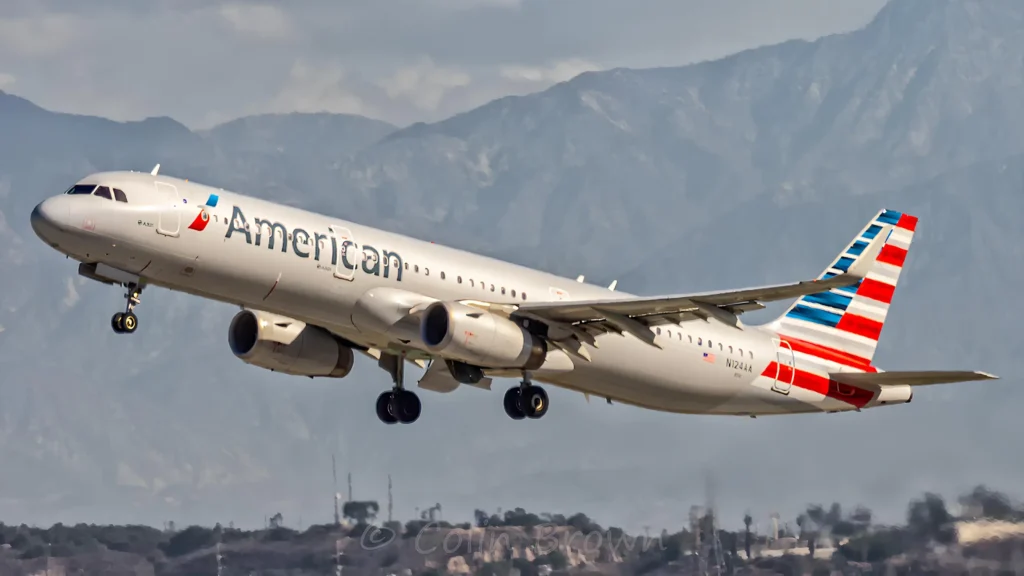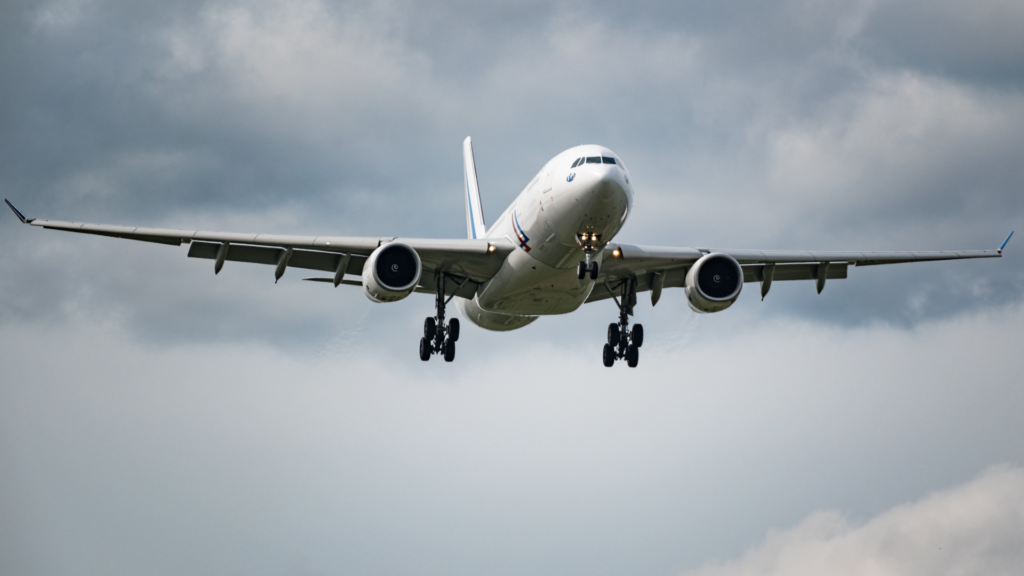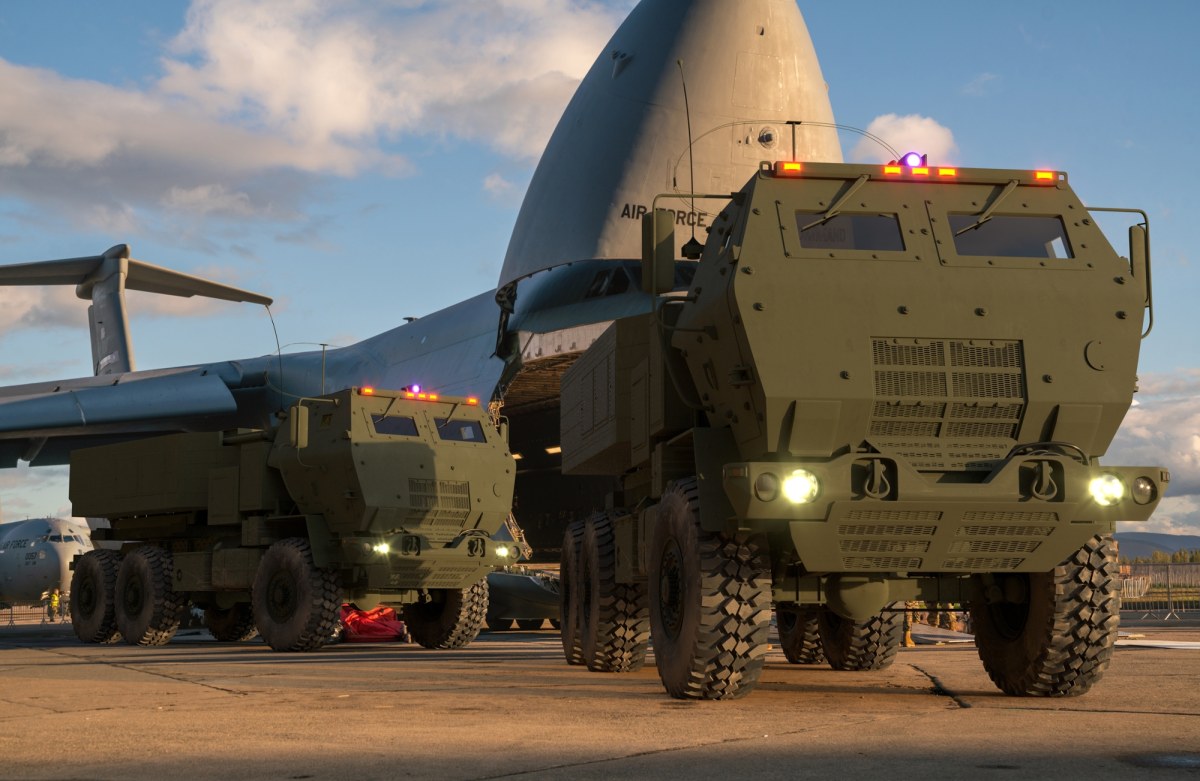
NEW YORK- A JetBlue Airways (B6) Airbus A321neo returned to New York John F. Kennedy International Airport (JFK) after encountering turbulence shortly after takeoff.
The incident occurred on June 19, 2025, injured three passengers and caused minor cabin damage during Flight B69 from JFK to Las Américas International Airport (SDQ), Punta Caucedo in the Dominican Republic.
The Airbus A321neo was climbing through 7,000 to 8,000 feet when turbulence injured three passengers, including one who sustained a head injury. The crew declared a precautionary return to JFK, where emergency medical teams awaited the aircraft.
 Photo: Caden Henderson
Photo: Caden HendersonJetBlue Flight Suffers Turbulence
JetBlue Flight B69, operated by an Airbus A321neo, departed from New York City (JFK) en route to Santo Domingo (SDQ) on a routine international service. Just minutes into its climb, the aircraft encountered severe turbulence.
The sudden jolt injured three passengers, including a 30-year-old male who was not wearing his seatbelt. He reportedly hit his head on an overhead panel, causing both a laceration and damage to the cabin interior.
The pilot reported the incident to ATC, stating, “A passenger in the back who was not fastened ended up hitting their head on the panel and damaged some of the aircraft here.” With multiple injuries confirmed, the crew made the decision to abort the flight and return to JFK.
The aircraft, carrying 198 people, turned back while maintaining communication with air traffic control. It landed safely with approximately 24.6 in fuel remaining.
The flight was operated by a 5.7-year-old Airbus A321neo, registered as N2029J.
The crew requested an ambulance and medical support upon landing. ATC coordinated the aircraft’s priority landing while also handling the high communication load that follows such events. The flight landed safely without any further injuries.
Expert Remarks
A retired Boeing 747 captain praised the crew and air traffic controllers, calling the event a “prime example” of seamless collaboration under pressure. He emphasized that both pilots and controllers acted swiftly to maintain safety, despite the added stress and communication demands during such emergencies.
While some aviation professionals noted that ATC often repeats non-essential questions—like aircraft type and fuel levels—they acknowledged that standard protocols are designed to ensure complete situational awareness.
In this case, JetBlue’s flight crew juggled cabin coordination, communication with controllers, and emergency procedures efficiently.
 Photo: By Colin Brown Photography – https://www.flickr.com/photos/145232442@N02/47072084354/, CC BY 2.0, https://commons.wikimedia.org/w/index.php?curid=81315193
Photo: By Colin Brown Photography – https://www.flickr.com/photos/145232442@N02/47072084354/, CC BY 2.0, https://commons.wikimedia.org/w/index.php?curid=81315193Similar Incident
An American Airlines (AA) flight from Miami International Airport (MIA) to Raleigh-Durham International Airport (RDU) experienced turbulence on June 22, 2025, resulting in injuries to multiple individuals on board.
Flight AA1286, operated by an Airbus A321, landed safely at RDU around 10:50 p.m. local time. The incident is currently under investigation by the Federal Aviation Administration (FAA).
The FAA confirmed that both crew members and passengers suffered injuries during the event.
Following the aircraft’s safe arrival at RDU, emergency personnel responded on the ground. Three flight attendants and two passengers were taken to a local hospital for medical evaluation and treatment. No life-threatening injuries were reported.
 Photo: Robin HARDY
Photo: Robin HARDYWhy Turbulence Occurs?
Flight turbulence, though unsettling for passengers, is a common and often unavoidable part of modern air travel.
Turbulence can occur at any altitude, and its primary causes include mountainous terrain, jet streams, and storm systems. These environmental factors contribute to the unpredictable air movements that affect flights worldwide.
Turbulence refers to irregular, chaotic air currents that disrupt the smooth flow of air, much like a rising column of smoke dispersing into swirling patterns. For aircraft, this disruption results in sudden shifts in altitude or attitude, commonly perceived as jolts or bumps by passengers.
One major source of turbulence is orographic influence—air encountering mountain ranges. As air flows over peaks, it can form standing atmospheric waves. While some waves dissipate gently, others break into powerful eddies that rock aircraft mid-flight. Pilots flying over mountainous regions near airports like Denver (DEN) or Kathmandu (KTM) often encounter this type.
Jet streams—high-altitude, fast-flowing wind currents—are another critical factor. These streams, especially near the polar front, exhibit sharp wind speed gradients. When aircraft move across or near these gradients, they create wind shear zones that generate turbulence, particularly around cruising altitudes.
Thunderstorms, particularly those involving cumulonimbus clouds, can also create severe turbulence. These towering systems produce powerful updrafts and downdrafts, which disturb the surrounding airspace. In many cases, even areas hundreds of miles away can be affected due to the outward propagation of atmospheric waves.
The Challenge of Clear Air Turbulence
The most dangerous and difficult type of turbulence is known as clear air turbulence (CAT). It occurs in cloudless skies, usually at high altitudes, often near jet streams. Since CAT is invisible and cannot be detected with standard onboard radar systems, it remains a serious safety concern for commercial flights.
Modern aircraft are designed to withstand even severe turbulence. Pilots are trained to adjust altitude or speed and communicate with air traffic control and other aircraft to find smoother paths. While turbulence can rarely be eliminated, awareness and preparedness can greatly reduce discomfort and safety risks.
Passengers are encouraged to follow crew instructions, keep seatbelts fastened while seated, and remain calm during turbulent episodes. Turbulence is seldom a sign of mechanical failure but rather a natural aspect of flying through a dynamic atmosphere.
Stay tuned with us. Further, follow us on social media for the latest updates.
Join us on Telegram Group for the Latest Aviation Updates. Subsequently, follow us on Google News
Two American Airlines Flights Encounters Turbulence, 3 Attendants Injured
The post JetBlue A321neo Returns to New York After Turbulence Injures Passengers appeared first on Aviation A2Z.

 5 miesięcy temu
5 miesięcy temu












